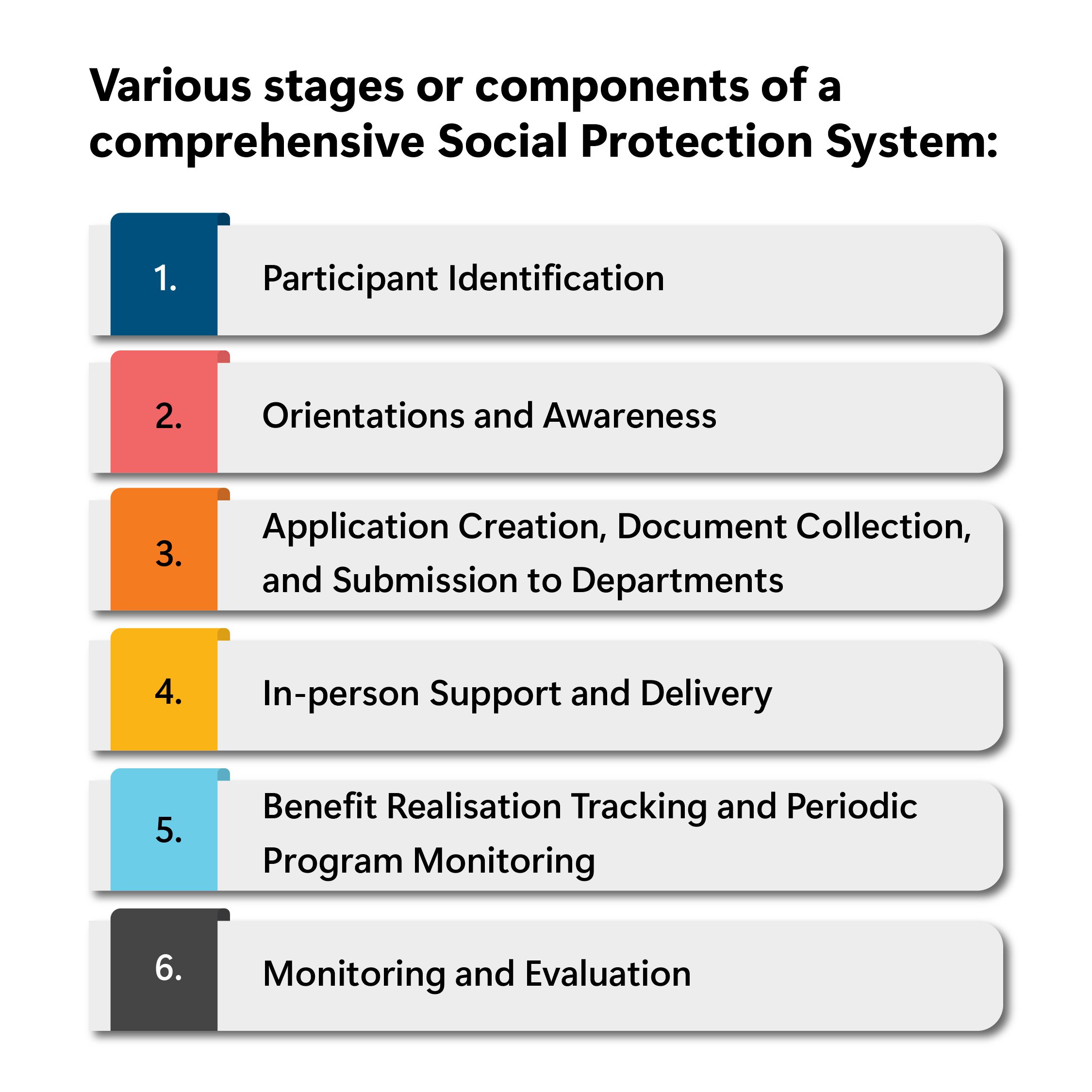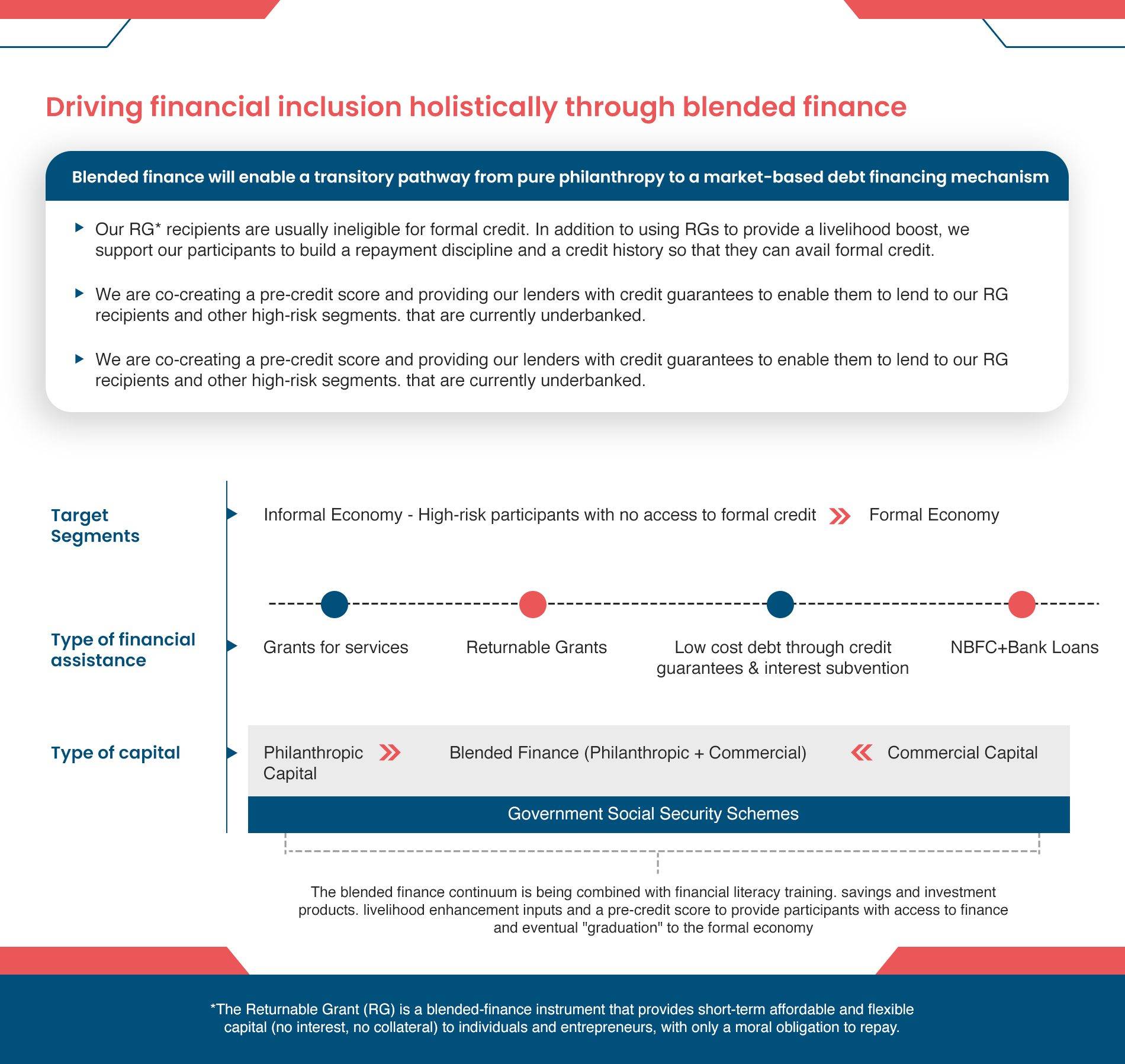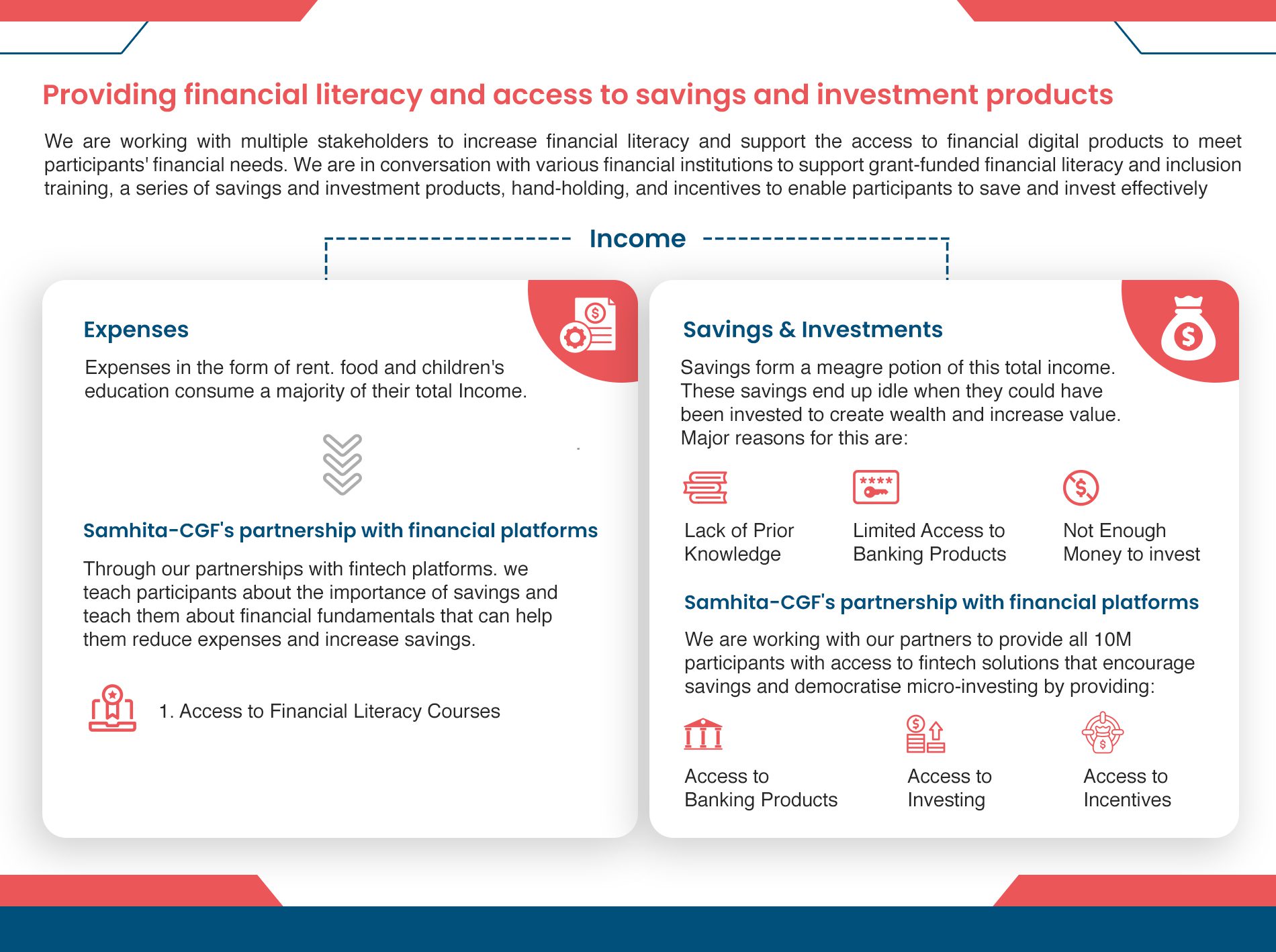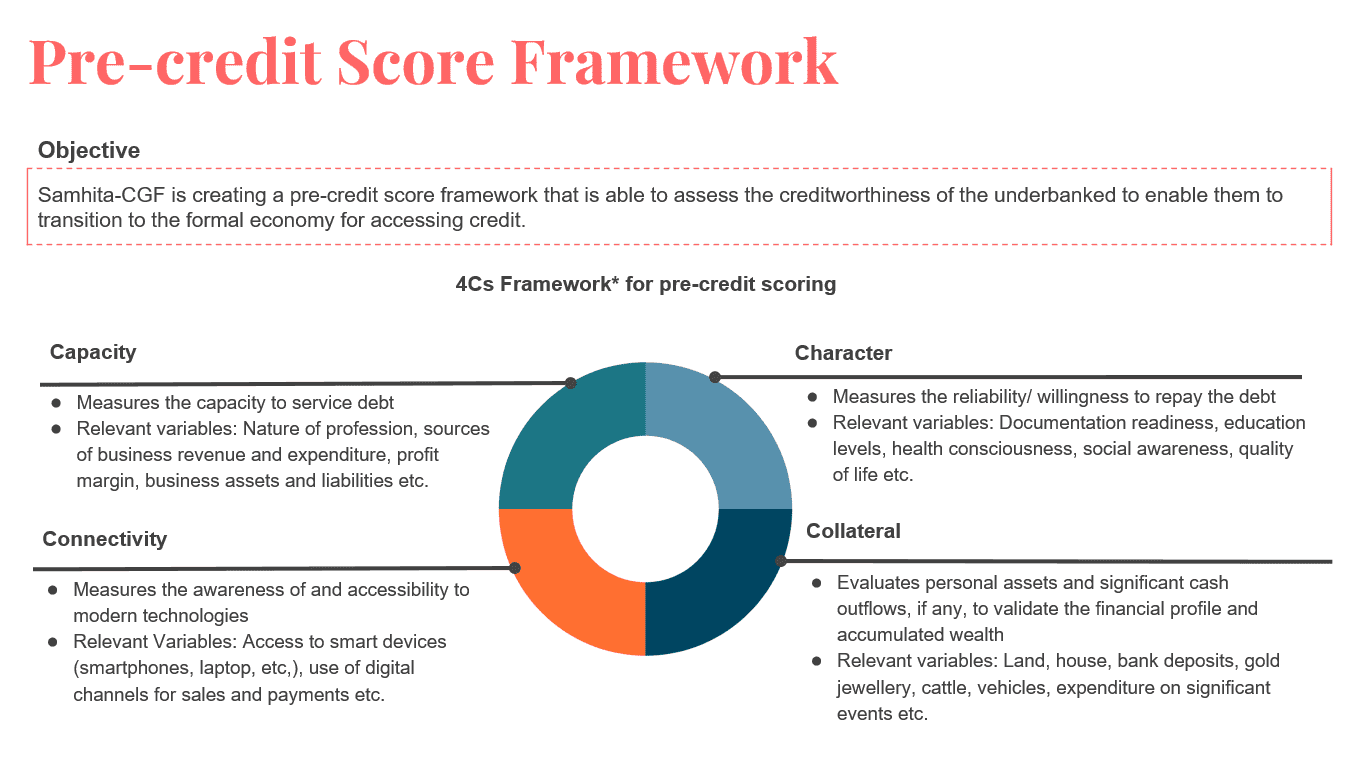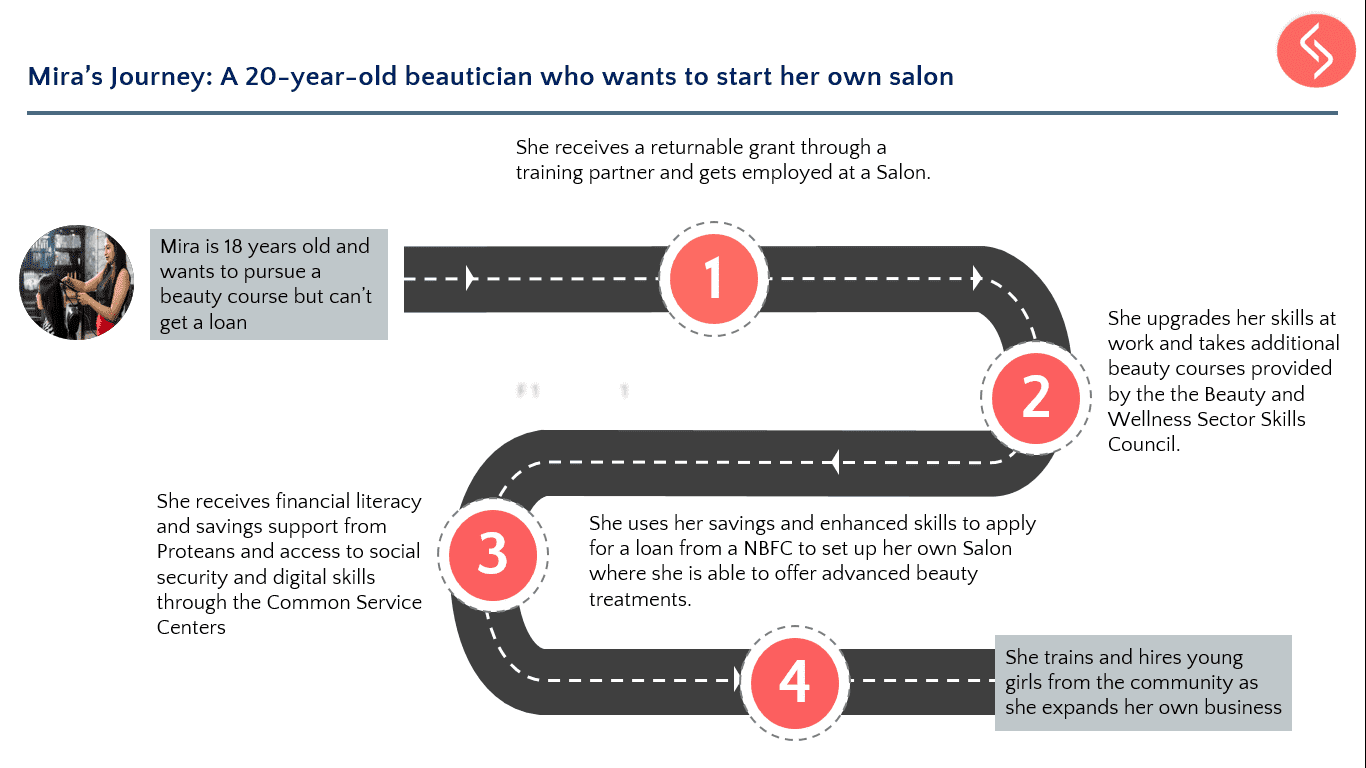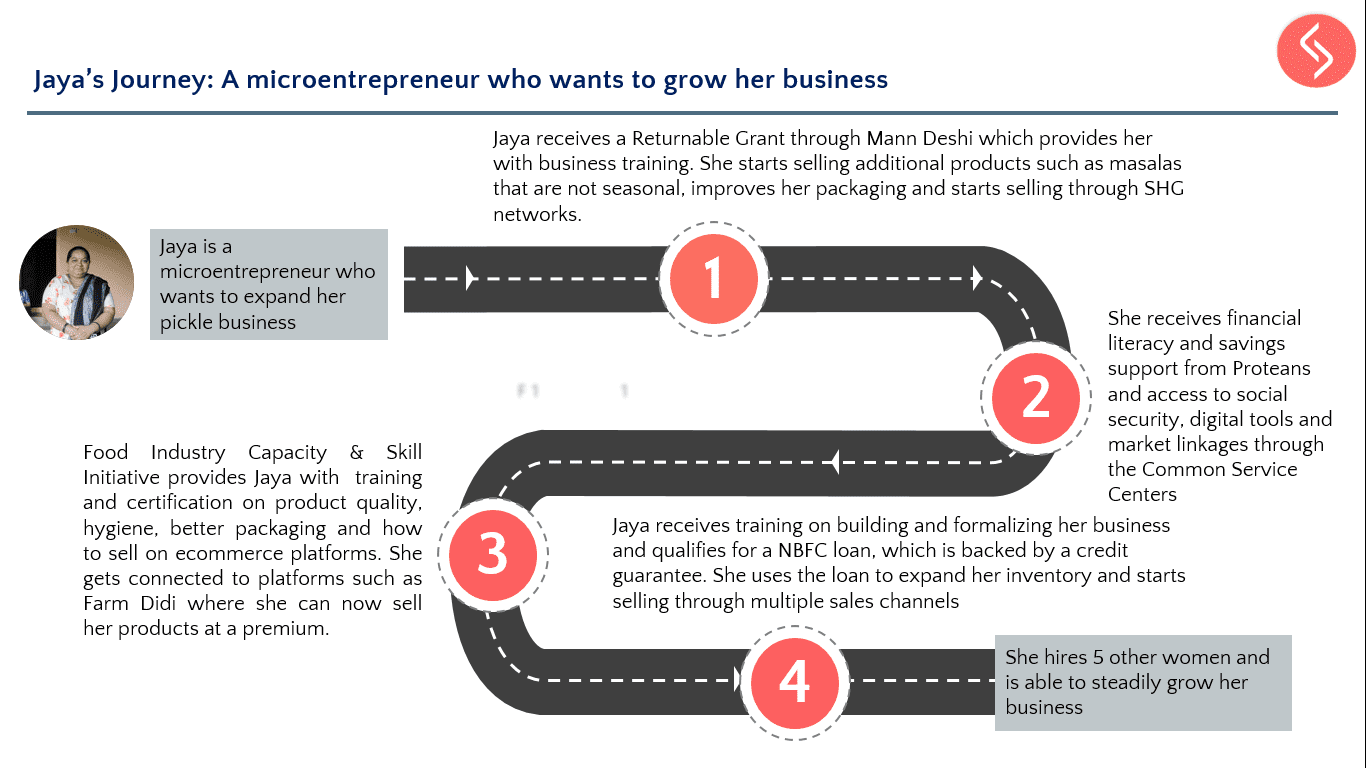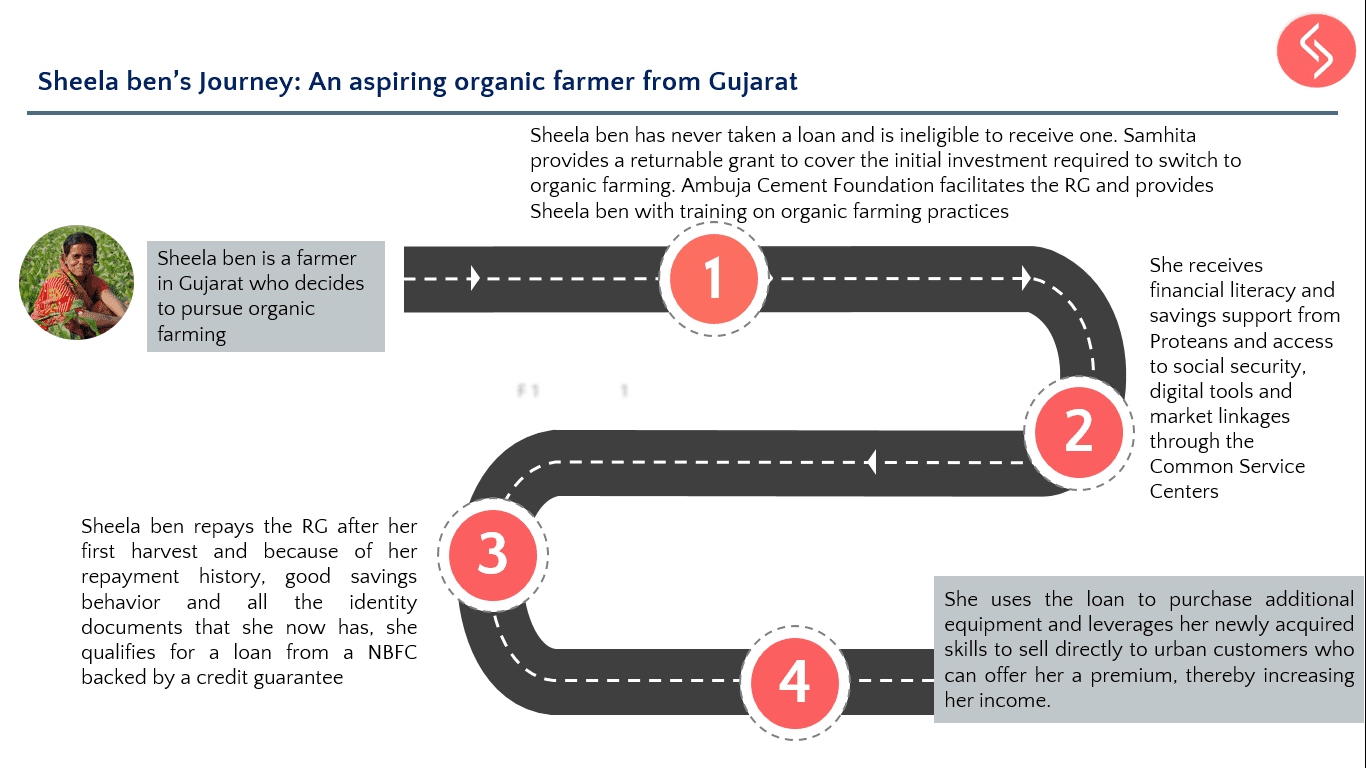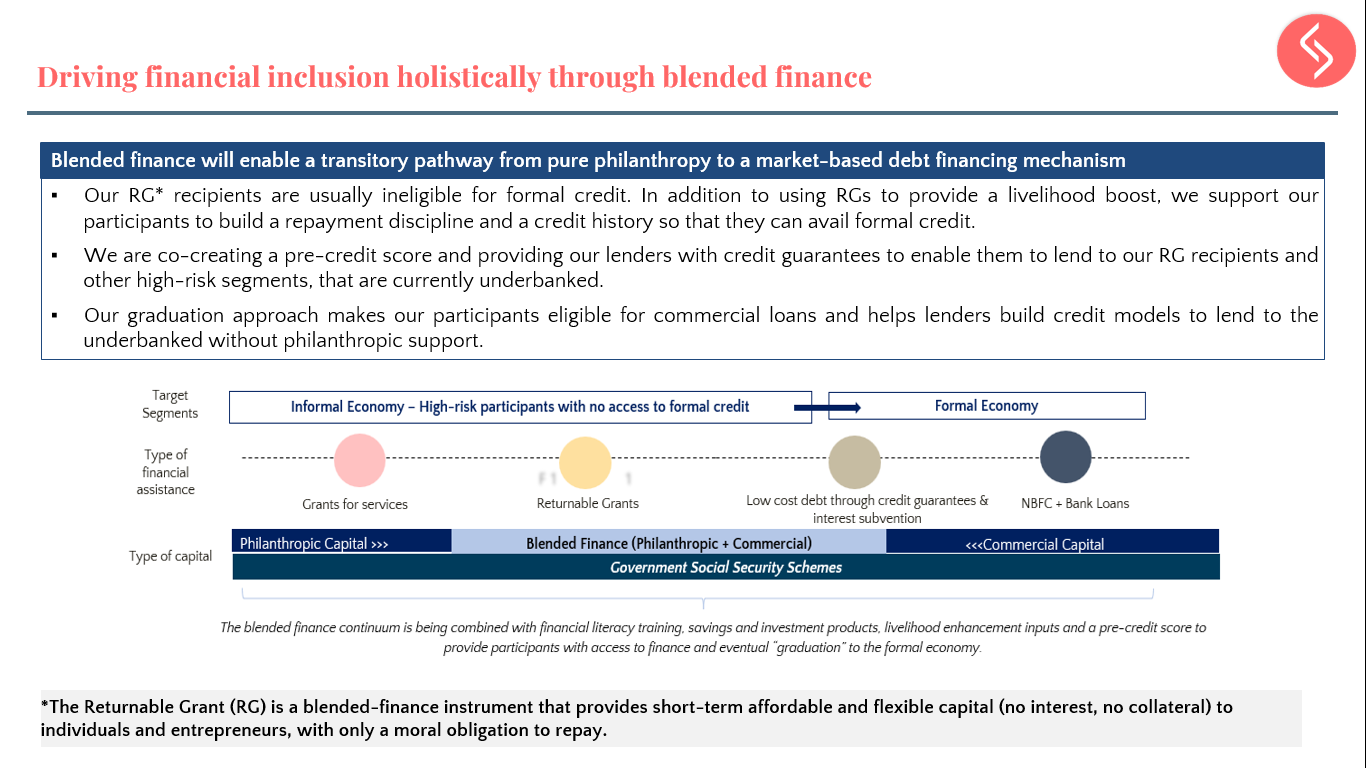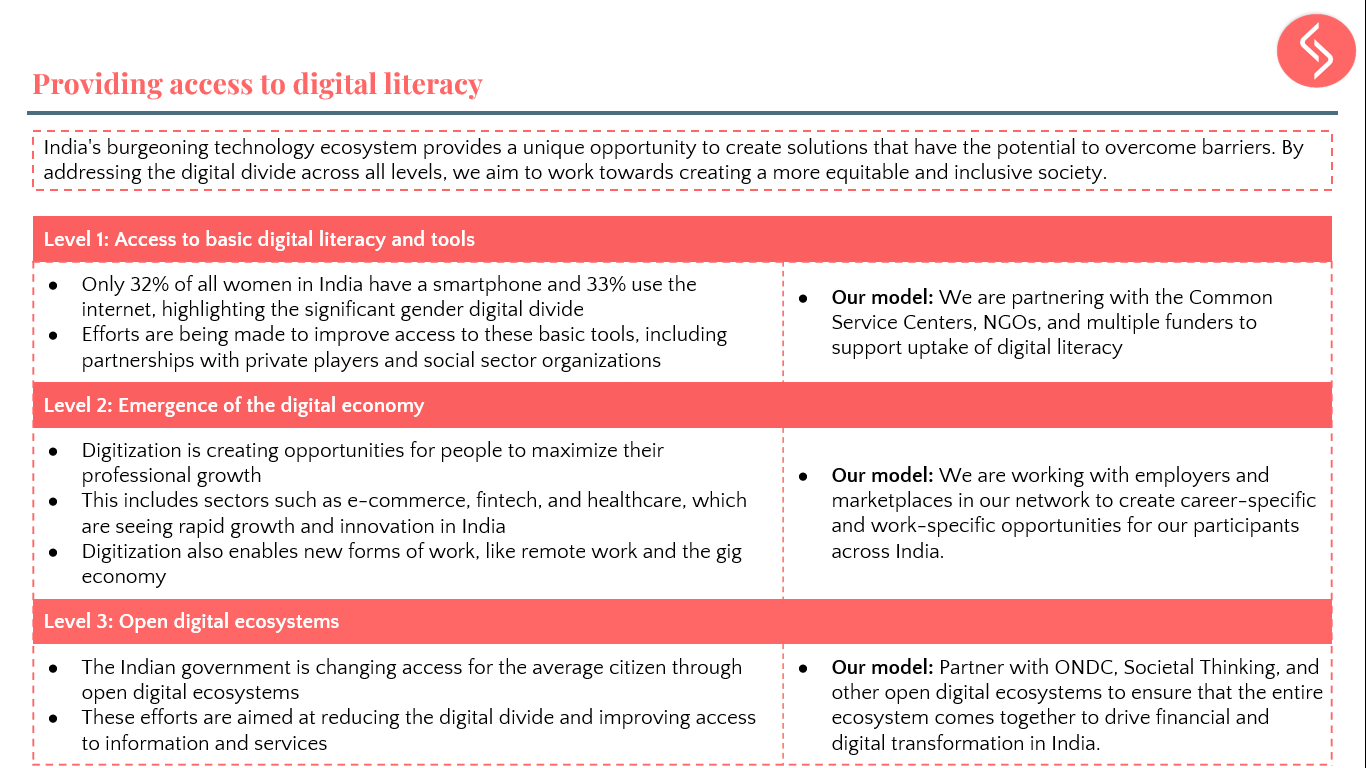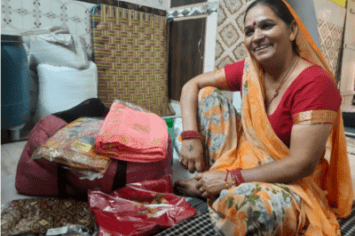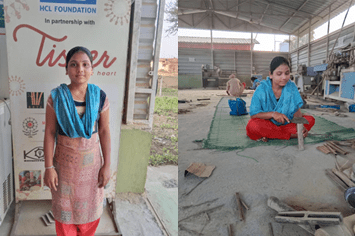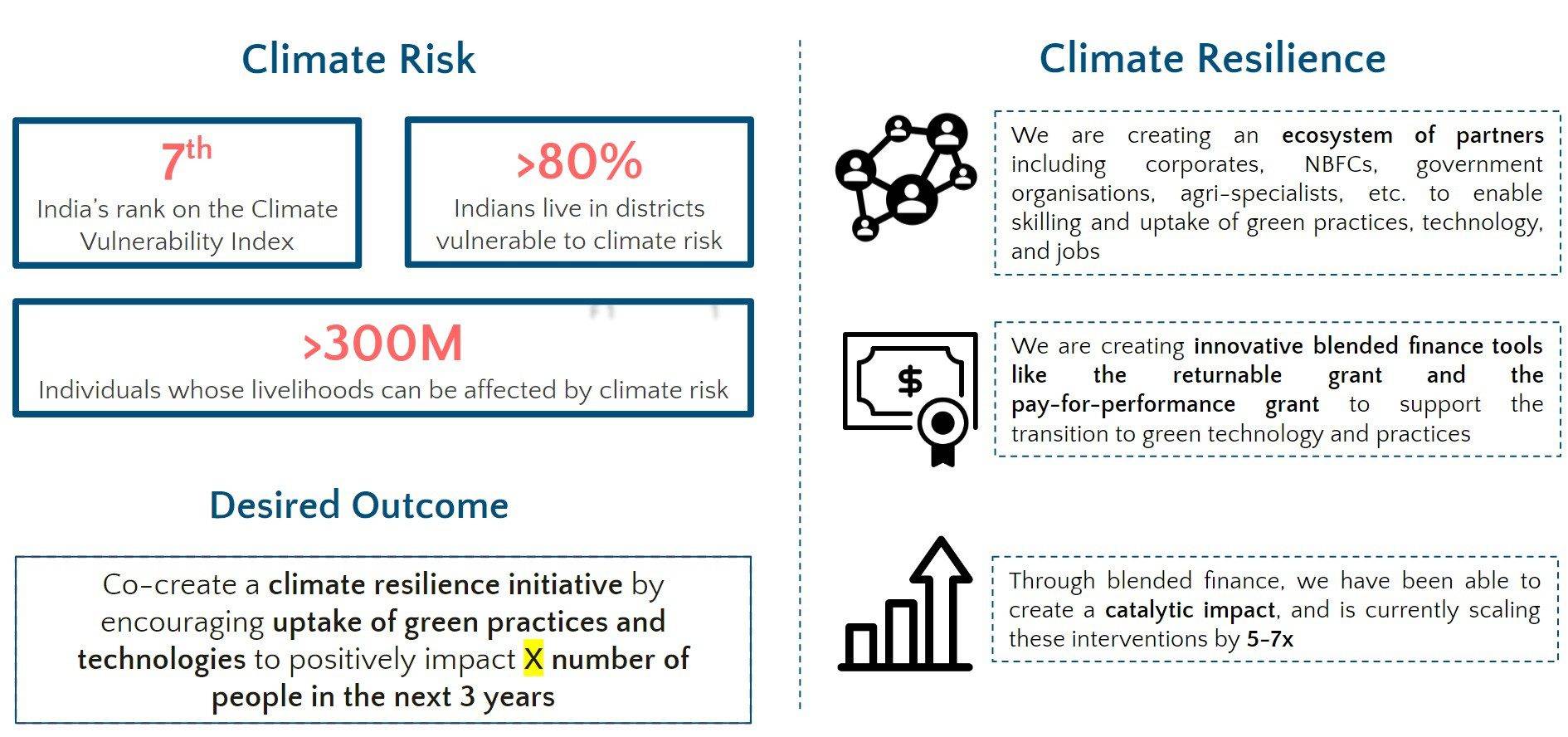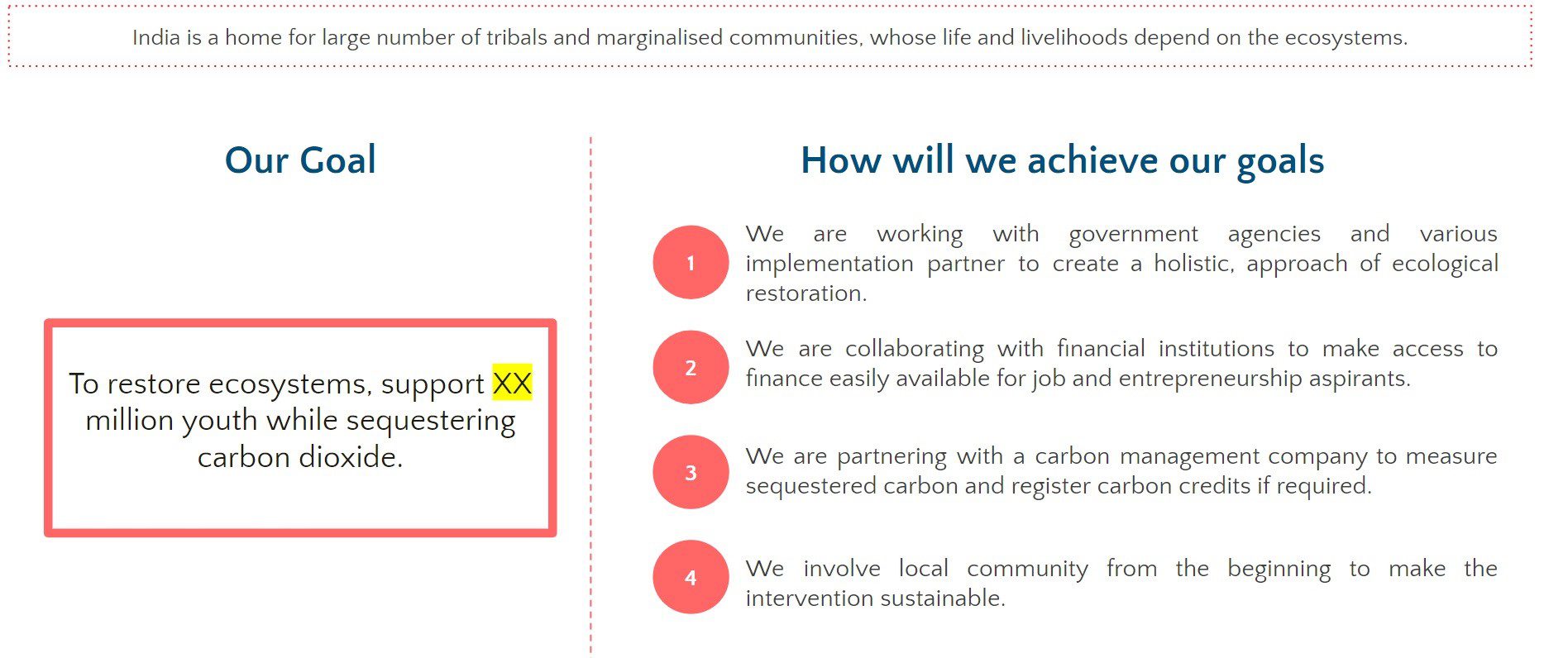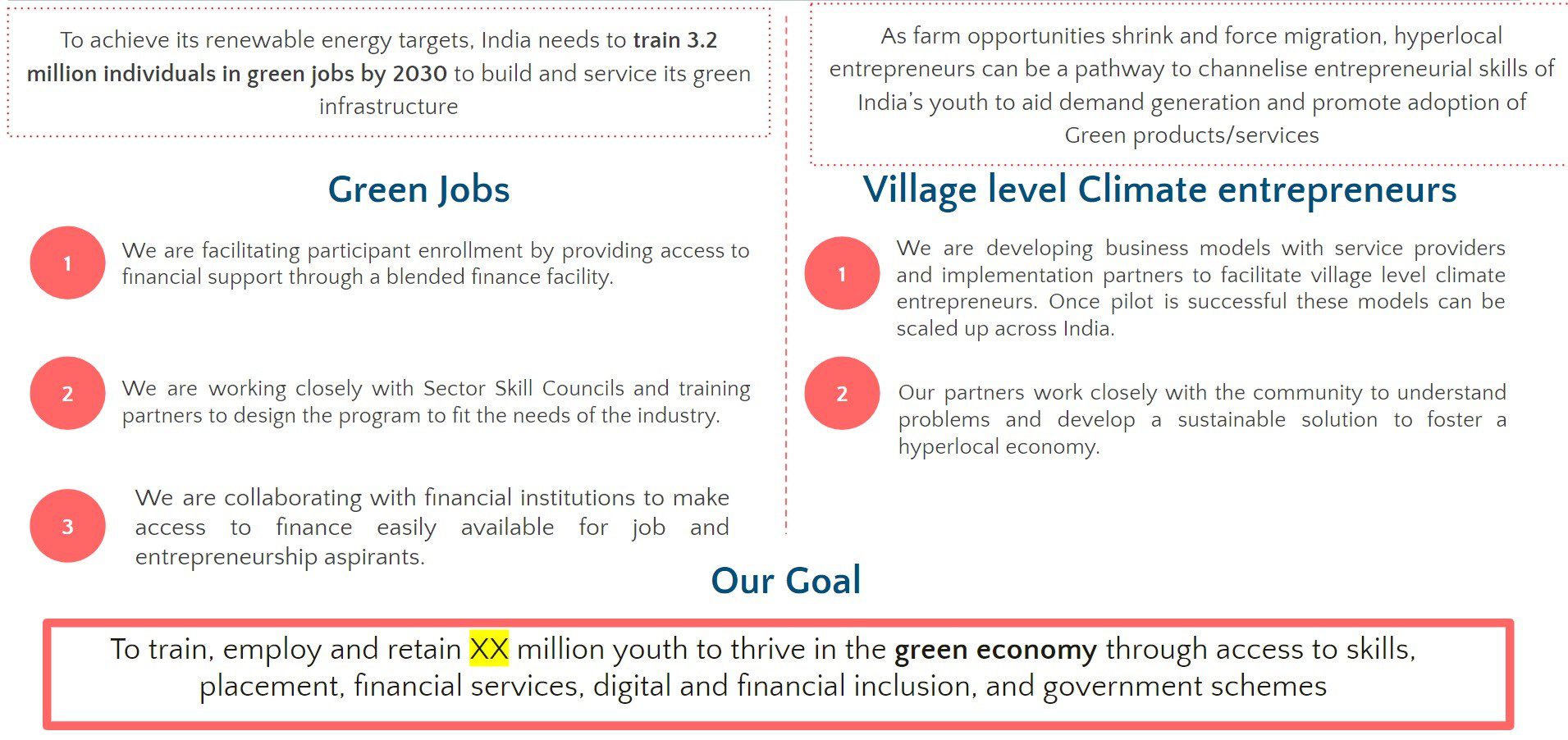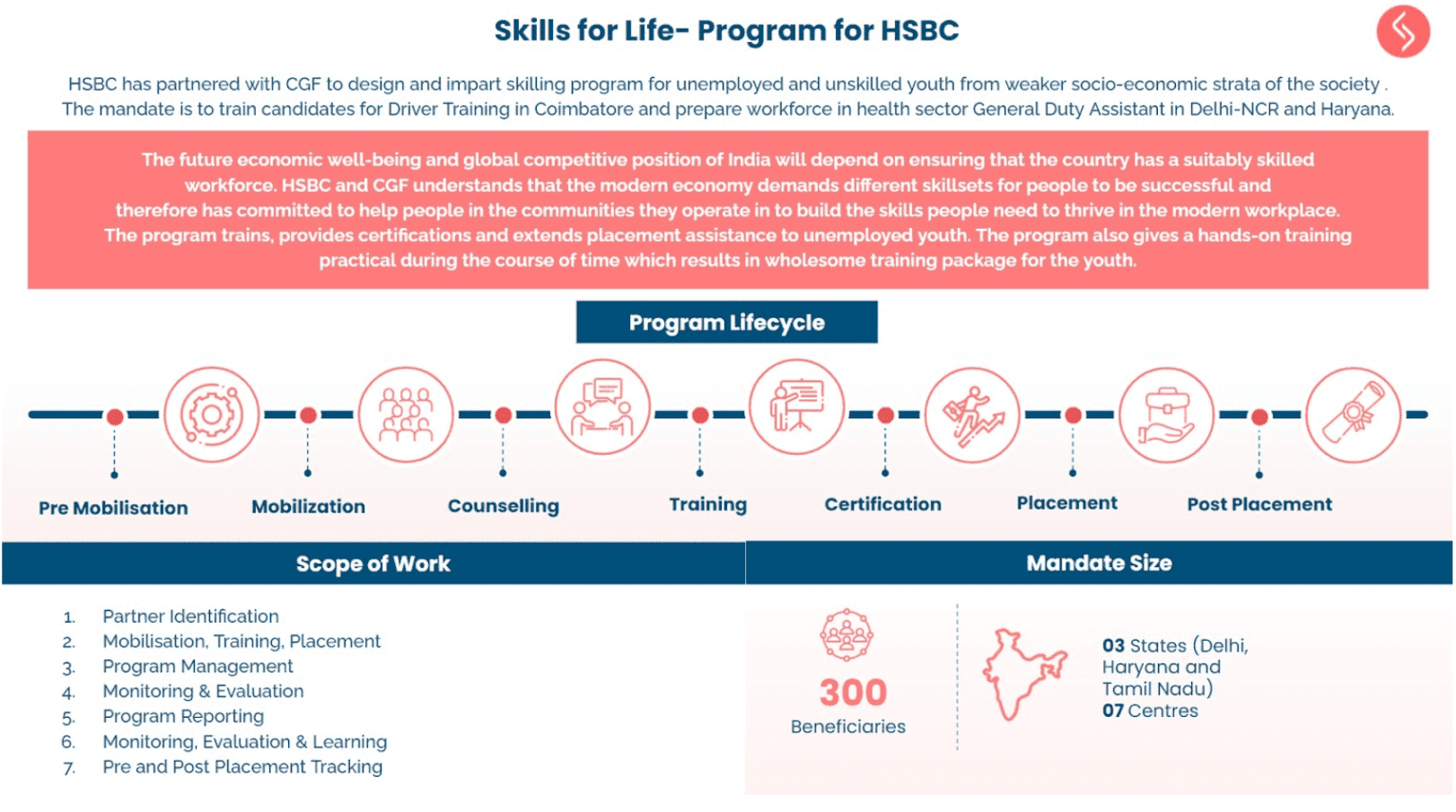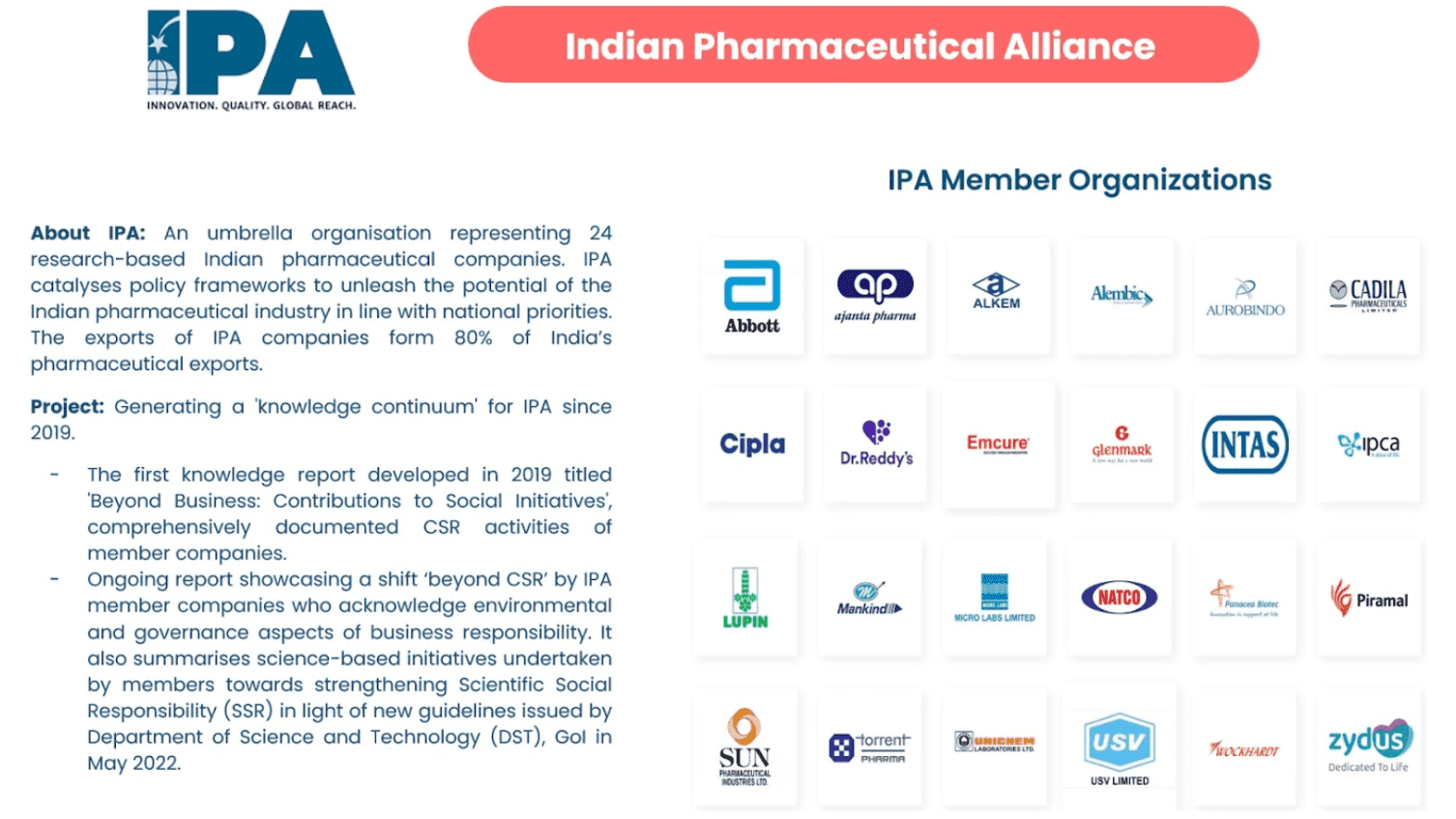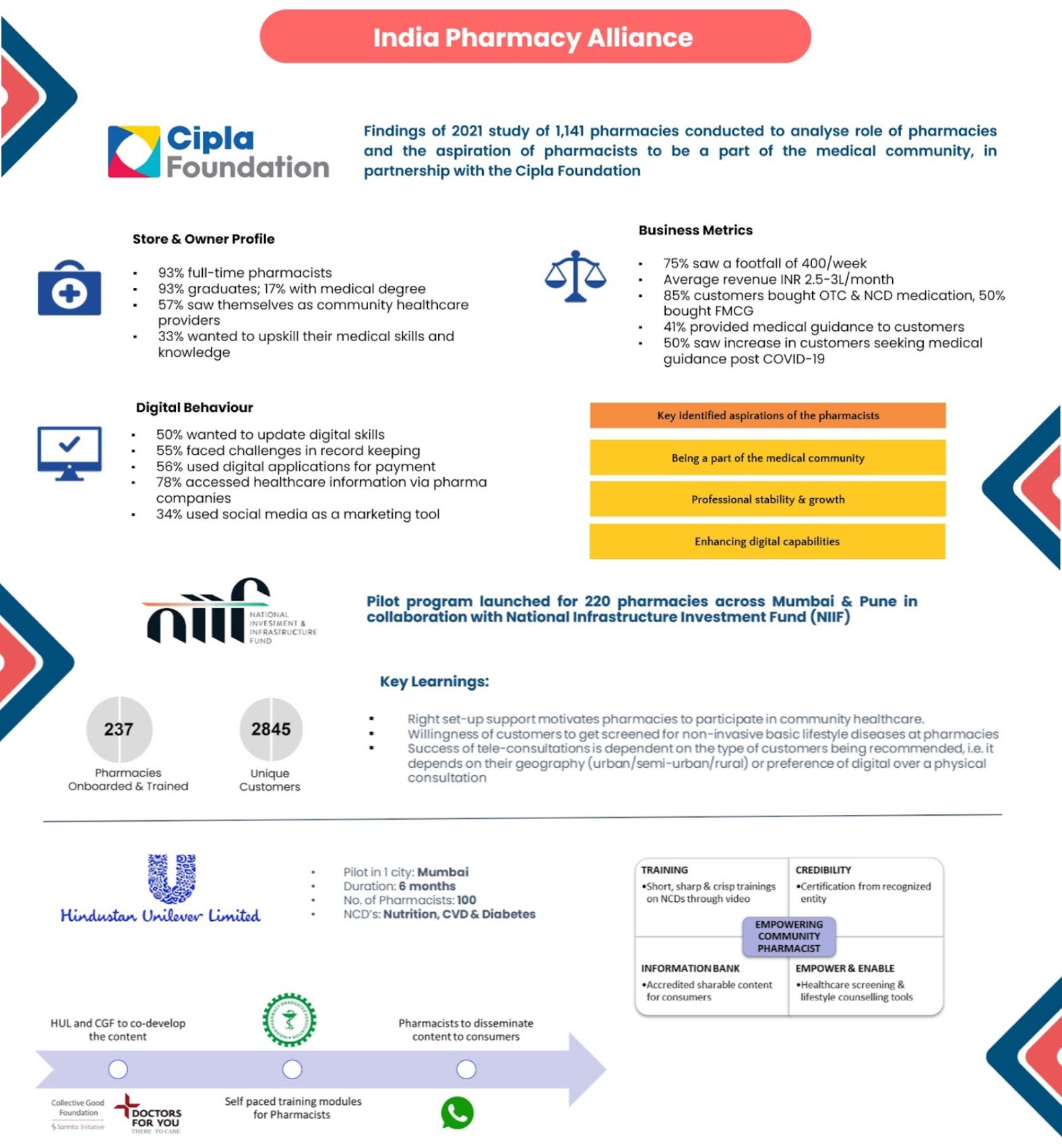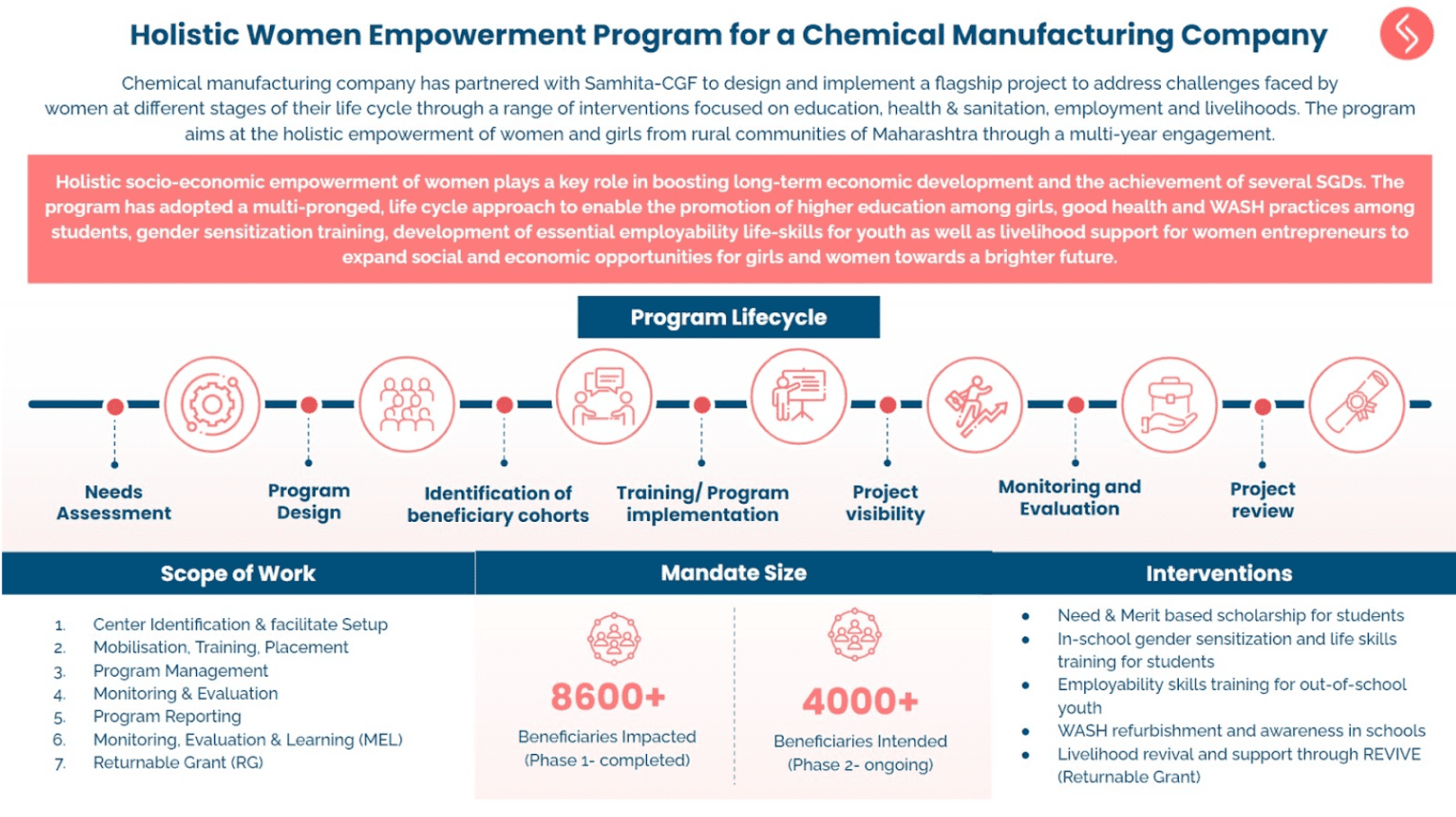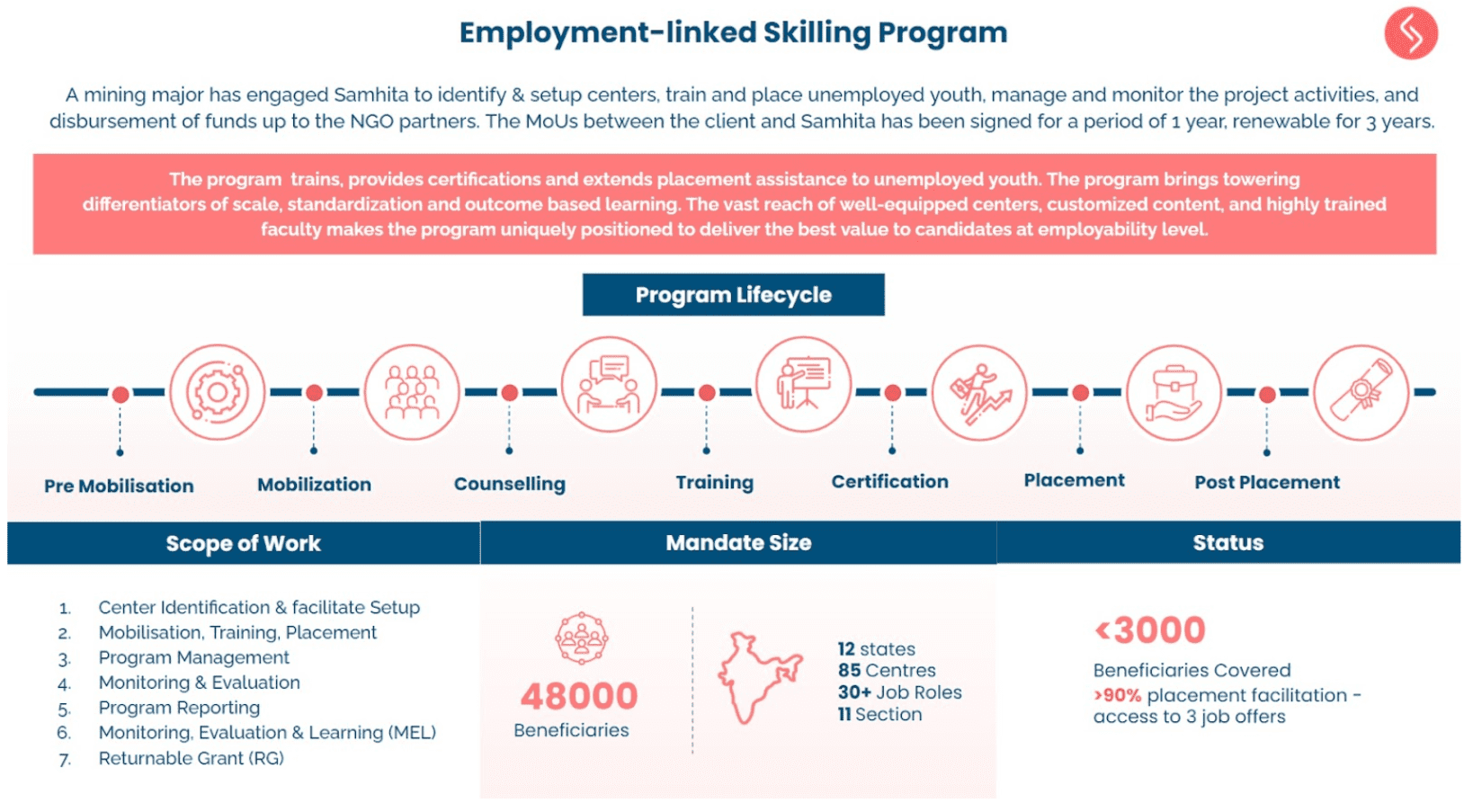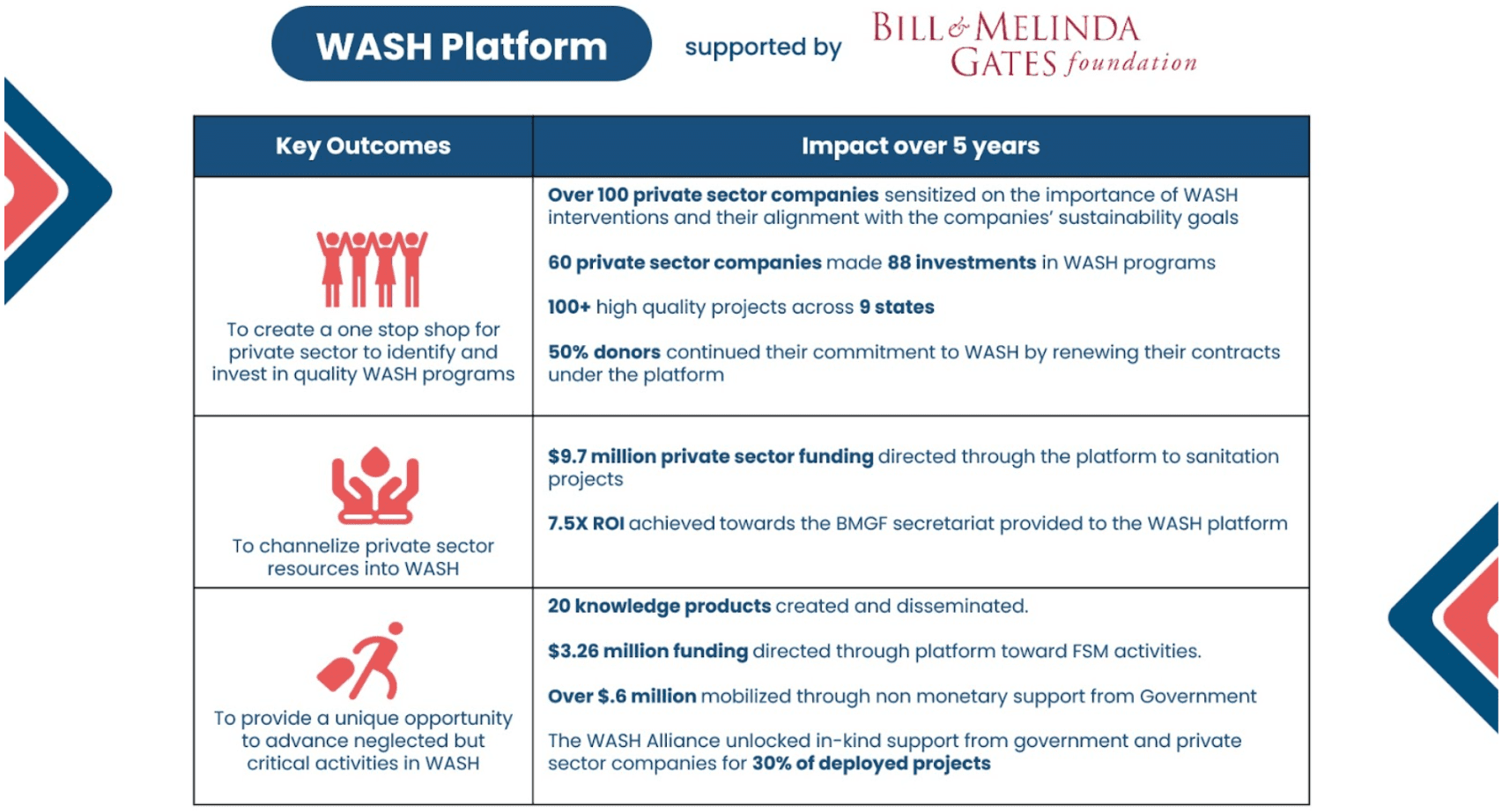In the vast and diverse landscape of India, a multitude of social protection schemes have been crafted to support the country’s extensive informal workforce. These programs hold the promise of offering a safety net to millions of individuals and families navigating the precarious terrain of informal labour. However, many of these schemes remain underutilised due to various constraints. This blog delves into India’s pressing need for social security programs, the obstacles impeding their adoption, and innovative models to enhance access.�
In times of personal crises or livelihood disruptions, Social Protection Schemes serve as a cornerstone for individuals and their families, offering a path to prosperity through economic growth and inclusion. These programs provide the resilience needed to rebound and shield individuals from the debt traps that often perpetuate poverty cycles. They� empower marginalised communities to achieve overarching goals such as promoting social inclusion and ensuring income security.
From Obstacles To Opportunities: Sachita Bhoir’s Success Story

Amidst India�s rural landscape, Sachita Bhoir’s traditional life faced a challenge – the absence of a common service centre for government schemes in her village, Chane. To bridge this gap, the team at Samhita-CGF conducted a field visit, which became a big turning point for the village�s residents.�
Through painting courses, the experts provided community members with information on various social security schemes like Sukanya Samridhi Yojana (SSY), Atal Pension Yojna (APY), Pradhan Mantri Suraksha Bima Yojana (PMSBY), and Pradhan Mantri Jeevan Jyoti Bima Yojana (PMJJBY).�
Sachita’s interest in the SSY scheme was evident, as she wanted to secure her daughter’s future. Unfortunately, there wasn�t a bank within the village that could help her with the necessary paperwork. So the team reached out to the nearest branch of a bank and proposed organising a camp, to bring door-to-door banking services for the community members. During the camp, Sachita successfully linked her mobile number with her bank account and applied for the scheme. Her determination, combined with the unwavering support of the team, yielded positive results.
Sanchita’s story serves as a significant illustration of the importance of closing the divide between community members and the government’s social security initiatives.
The Need for Social Security Programs in India
The Need for Social Security Programs in India is an issue of paramount importance, given the challenges faced by the vast informal workforce in the country. This group comprises an astonishing 92% of India’s labour force, encompassing casual and contract labourers who toil across a wide array of industries. Unfortunately, they operate outside the scope of formal employment benefits, leaving them vulnerable to a multitude of economic shocks and uncertainties.
This demographic of informal, blue-collared workers further highlights the issue of systemic marginalisation that urgently requires attention. An estimated 72-76% of non-agricultural workers within this cohort find employment in industries like construction, retail, manufacturing, and wholesale. These industries often expose them to various occupational hazards, and many of them possess limited educational qualifications, exacerbating their economic vulnerability.
Women within the informal workforce face even more formidable challenges, such as sexual exploitation, lower wages, and diminished bargaining power, further compounding the issues of inequality and social exclusion.
Despite the Indian government’s commendable efforts to provide a wide range of social security programs, a significant portion of eligible individuals remain either unaware of these crucial safety nets or lack the knowledge required to access them. This awareness deficiency is striking, with approximately 55% of individuals having no knowledge of the government’s social security initiatives.
Furthermore, the issue of inadequate access is a matter of critical concern, as an astonishing 88% of India’s labour force, approximately 400 million people, presently lacks proper access to these essential social security programs. This substantial disparity between the existence of these programs and their successful extension to those in need underscores the urgent requirement for holistic solutions to close this gap and safeguard the well-being of India’s informal workforce.
The Effects of Inadequate Social Protection
The limited access and utilisation of social protection schemes have had significant consequences. There�s room for improvement in financial inclusion, with approximately 15% of small businesses currently having access to essential financial products and services like affordable bank credit.�
India’s performance in the United Nations Sustainable Development Goals (SDGs) presents opportunities for growth, As highlighted in the 2021 SDG report, the country ranked 121st out of 169 nations. While there is work to be done, India’s commitment to SDGs like No Poverty (SDG 1), Zero Hunger (SDG 2), Quality Education (SDG 4), Gender Equality (SDG 5), and Reduced Inequality (SDG 10) indicates a clear need for enhanced social protection measures.
The development of robust safety nets can bolster individual resilience during unforeseen crises. The insurance penetration rate, currently at 3.2% in India according to the Economic Survey 2022-23, presents an opportunity for growth.�
Rural areas, in particular, can benefit from increased access to life insurance products, where only 22% of the rural population currently holds such policies. This highlights the need for comprehensive social protection reforms to bridge these gaps and enhance financial security for all.
A Comprehensive Approach for Social Protection
To address these multifaceted challenges, a comprehensive social protection system becomes essential. Such a system must provide robust protection throughout an individual’s entire life cycle, combining a variety of assistance mechanisms and aligning them with government priorities.�

Models to Facilitate Access
The adoption of innovative models is crucial to overcoming the barriers hindering access to social protection programs, and two notable approaches have emerged:
- Fixed Centre Model: One pioneering strategy is the Fixed Centre Model, which capitalises on Common Service Centers (CSCs). These centres are efficiently managed by Village Level Entrepreneurs (VLEs) and function as central hubs for unlocking access to various government entitlements, particularly for underserved populations. This approach synergises with the Digital India Mission, aligning itself with the nation’s broader digital transformation goals.�
It operates through multiple touchpoints spread across the vast expanse of India, effectively fostering sustained access to social protection. By utilising the extensive network of CSCs and the expertise of VLEs, this model brings government support closer to those who need it the most.
- Change Agent Model: Another innovative strategy is the Change Agent Model, which deploys camp-based initiatives in various settings, including workplaces and residential colonies. Under this model, a cadre of Community-Based Change Agents is trained to bridge the digital divide and facilitate access to government schemes.
These agents are well-versed in basic digital literacy, government programs, and the application process. Furthermore, they play a crucial role in fostering Community Champions who emerge as local leaders, capable of mobilising their communities and imparting essential knowledge about government schemes and services.�
This model embodies an end-to-end facilitation approach, encompassing everything from initial awareness campaigns to hands-on assistance with application submissions and diligent follow-ups with relevant government departments. By embedding support within the communities themselves, the Change Agent Model empowers individuals, enhances awareness, and ensures a more inclusive and sustainable impact.
Empowering Communities: The Pathway to Social Protection
In the intricate tapestry of India’s social protection landscape, forging a clear path toward inclusive access is important.� Samhita-CGF has made a significant impact, reaching over 166,000 individuals across India. Our efforts have facilitated government scheme applications, including e-shram, BOCW, artisan cards, and various financial inclusion initiatives such as bank accounts, life insurance. Initiating this transformative journey necessitated a multifaceted approach that addressed the core challenges hindering social protection schemes� effectiveness.
Raising Awareness and Enhancing Accessibility: The cornerstone of this approach lies in democratising information. By making government schemes more accessible, transparent, and user-friendly, the barriers between citizens and vital services are dismantled.�
Community-Centric Focus: Within communities, a specialised focus, especially on women and their families, is pivotal. Understanding the unique challenges faced by these groups enables tailored solutions.
Comprehensive End-to-End Support: A robust support system, starting from document collection to scheme enrollment, is imperative. This holistic approach ensures that the complexities of bureaucracy do not deter individuals from availing themselves of their entitled benefits.
Continuous guidance ensures that beneficiaries navigate the system effectively, securing sustained benefits over time. Establishing multiple touchpoints, both physical and digital, guarantees that support is always within reach, eradicating the sense of isolation that often plagues those in need.
By overcoming challenges, nurturing communities, and cultivating a culture of support, the nation is actively advancing towards a future where social protection serves as more than just a lifeline – it becomes a driving force for comprehensive societal progress.
Within this vision, communities are not mere beneficiaries; they evolve into valued partners. Encouraging active participation and nurturing a cadre of Community Agents of Change transforms passive recipients into advocates. Aligning strategies with government priorities creates a cohesive, responsive system, ensuring that efforts resonate with national objectives.�
This article was editorialised by Aakriti Singh and Ayushi Bhatnagar

